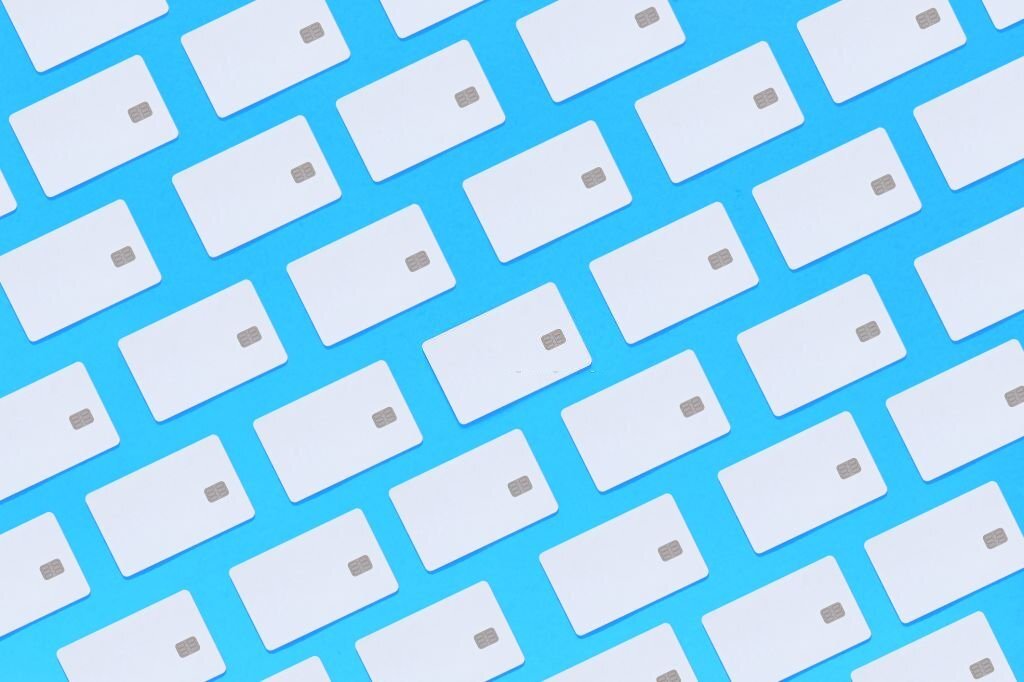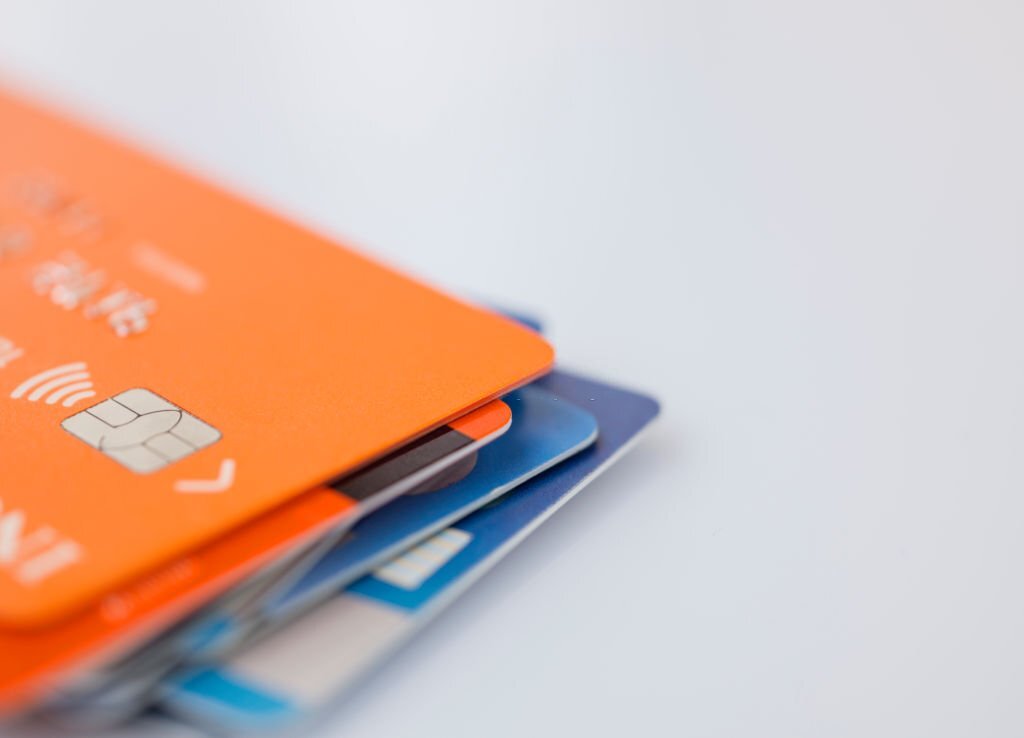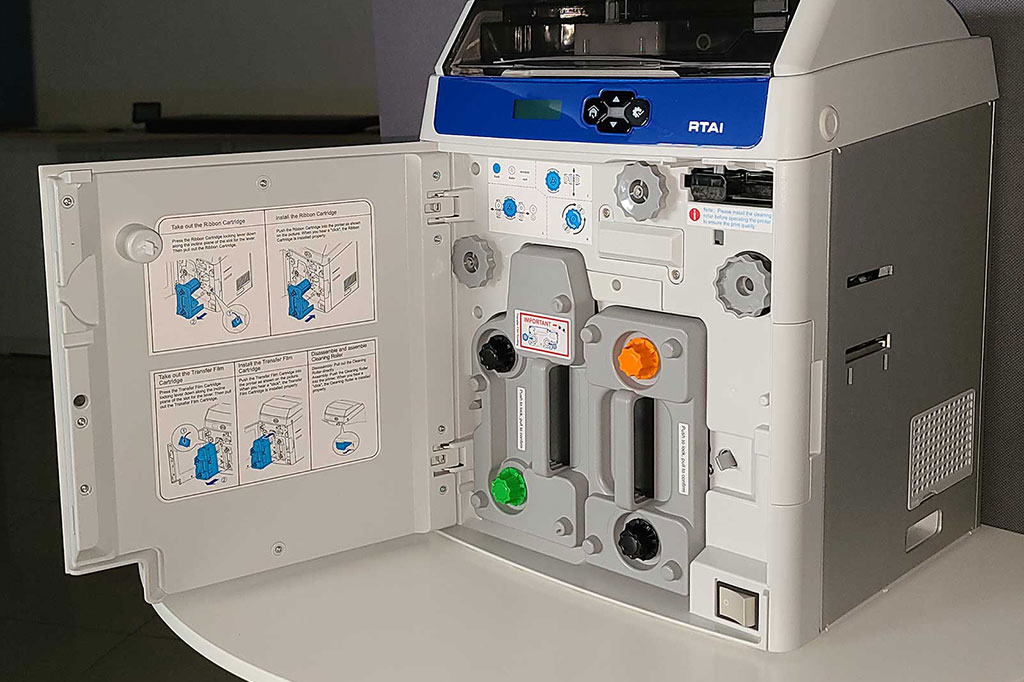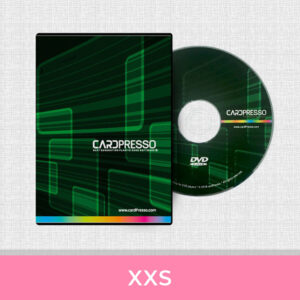Introduction:
Smart cards offer a number of advantages over traditional magnetic stripe cards.
Enhanced Security: Smart cards are more secure than magnetic stripe cards because they use dynamic data for each transaction and generate a unique code for each transaction, which is then encrypted and transmitted to the payment network for processing. This makes them more difficult to counterfeit and skim.
Greater Convenience: Smart cards can be used for a variety of contactless transactions, such as tapping your card to pay at a terminal or using your phone to make a mobile payment. This can make payments faster and more convenient.
Additional Features: Smart cards can be programmed to support additional features, such as digital signatures, secure authentication, and multi-application support. This makes them more versatile than traditional magnetic stripe cards.
More storage capacity: Smart cards can store more data than magnetic stripe cards, making them ideal for storing complex applications and data sets.
Types of Smart Cards:
There are a variety of different types of smart cards, each with its own unique features and capabilities. Some of the most common types of smart cards include:
Java Cards: Java Cards are a type of smart card that is programmed in Java. Java Cards are widely used in applications such as mobile payments, access control, and digital identity.
MIFARE Cards: MIFARE cards are contactless smart cards that use radio-frequency identification (RFID) technology. MIFARE cards are commonly used in public transportation systems, access control systems, and electronic payment systems.
DESFire Cards: DESFire cards are a type of smart card that uses advanced encryption standards to ensure secure communication and data storage. DESFire cards are often used in applications such as electronic ticketing, access control, and payment systems.
Classifications of Smart
Smart cards can also be classified based on their memory capacity and communication interface.
Memory Smart Cards: These cards have a limited amount of memory and are used for simple applications such as storing personal information or digital certificates. FM4442 and FM4428 are two of our bestselling smart cards with 256-byte EEPROM electronic memory, replacing Siemens SLE5542 and SLE5528 models.
Microprocessor Smart Cards: These cards have a microprocessor and can perform more complex functions such as cryptographic calculations and secure communication.
Contact smart cards: Contact smart cards use metal contact points to establish a connection with the card reader.
Contactless smart cards: Contactless smart cards use RFID technology to communicate with a card reader without requiring physical contact.
Dual-interface smart cards: Dual-interface smart cards have both contact and contactless interfaces, which allow them to be used in a wider range of applications.
Applications of Smart Cards:
Smart cards are used in a wide variety of applications, including:
Payment cards: Smart cards are increasingly being used as payment cards, offering enhanced security and convenience for consumers.
Access control cards: Smart cards are often used for access control in buildings, secure areas, and public transportation systems.
Identity cards: Smart cards can be used as identity cards, providing a secure and reliable way to verify a person’s identity.
Transit cards: Smart cards are widely used as transit cards, allowing users to pay for fares and access public transportation systems.
Electronic passports: Smart cards are embedded in electronic passports, providing a secure and tamper-proof way to verify a person’s identity and travel documents.
Digital signature tokens: Smart cards can be used as digital signature tokens, allowing users to sign electronic documents in a secure and legally binding way.
Size Standards of Smart Cards:
CR80: It represents the most common ID card size and is known as a credit card-sized ID card because they are the same size as a standard credit card. CR80 cards measure 2.13″ x 3.38″ (54 mm x 86 mm), with a typical thickness of 30mil. The CR80 dimensions loosely follow the ISO/IEC-7810 ID-1 specification.
CR79: These cards are slightly smaller than CR80 and measure 3.303″ x 2.051″ in size with rounded corners. These are generally used as access control cards using RFID technology and are usually more durable in harsh outdoor environments.
CR100: These cards are 3.88″ x 2.63″ in size and used for large format cards such as event badges, ID cards, or other types of identification cards. These cards can also be encoded with various types of data, such as magnetic stripes or smart chips, to provide additional security or functionality.









